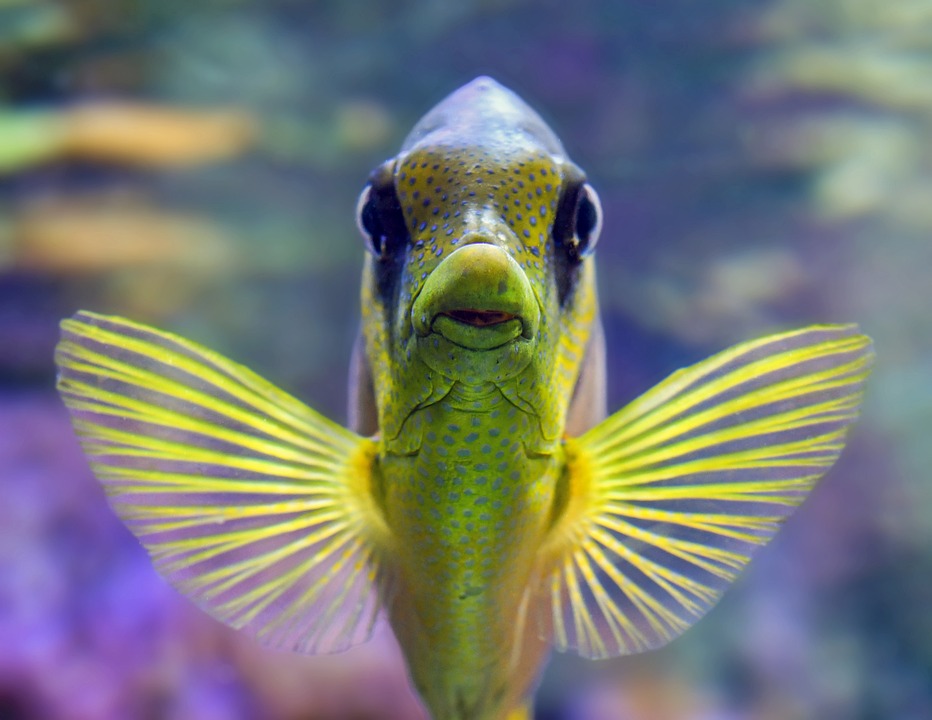The transition of animal control services from a government agency to a quasi-government nonprofit organization is a significant development that has caught the attention of many in the community. This move, spearheaded by the new administration, aims to improve the efficiency and effectiveness of animal control operations while also fostering collaboration with the private sector.
One of the key reasons behind this transition is the desire to streamline operations and reduce bureaucratic red tape. By shifting the responsibility of animal control to a nonprofit organization, the new administration hopes to create a more agile and responsive system that can better address the needs of both animals and the community. This move is also expected to free up resources within the government agency, allowing it to focus on other critical services.
Furthermore, the transition to a quasi-government nonprofit organization opens up new opportunities for collaboration with the private sector. By partnering with local businesses, animal welfare organizations, and community groups, the new organization can leverage their expertise, resources, and networks to enhance the delivery of animal control services. This collaborative approach is expected to result in innovative solutions, improved outcomes, and increased community engagement.
Another benefit of this transition is the potential for increased funding and support. As a nonprofit organization, the new entity will have the ability to seek donations, grants, and sponsorships from individuals and businesses that are passionate about animal welfare. This additional funding can be used to expand services, implement new programs, and improve facilities, ultimately benefiting both animals and the community at large.
Despite the many advantages of transitioning animal control to a quasi-government nonprofit organization, there are also challenges that need to be addressed. One of the key concerns is ensuring accountability and transparency in the operations of the new organization. The administration must put in place robust governance structures, oversight mechanisms, and reporting requirements to ensure that public funds are being used effectively and ethically.
Additionally, the transition process itself can be complex and time-consuming. The new administration will need to carefully plan and execute the transition, taking into account the needs of both the animals and the community. Communication with stakeholders, including government agencies, employees, volunteers, and the public, will be crucial to ensure a smooth and successful transition.
In conclusion, the transition of animal control services to a quasi-government nonprofit organization represents a bold and innovative approach to improving animal welfare in the community. By streamlining operations, fostering collaboration with the private sector, and increasing funding and support, the new administration aims to create a more effective and sustainable system that benefits both animals and the community. However, it is essential to address challenges such as accountability, transparency, and the complexity of the transition process to ensure the success of this initiative.





